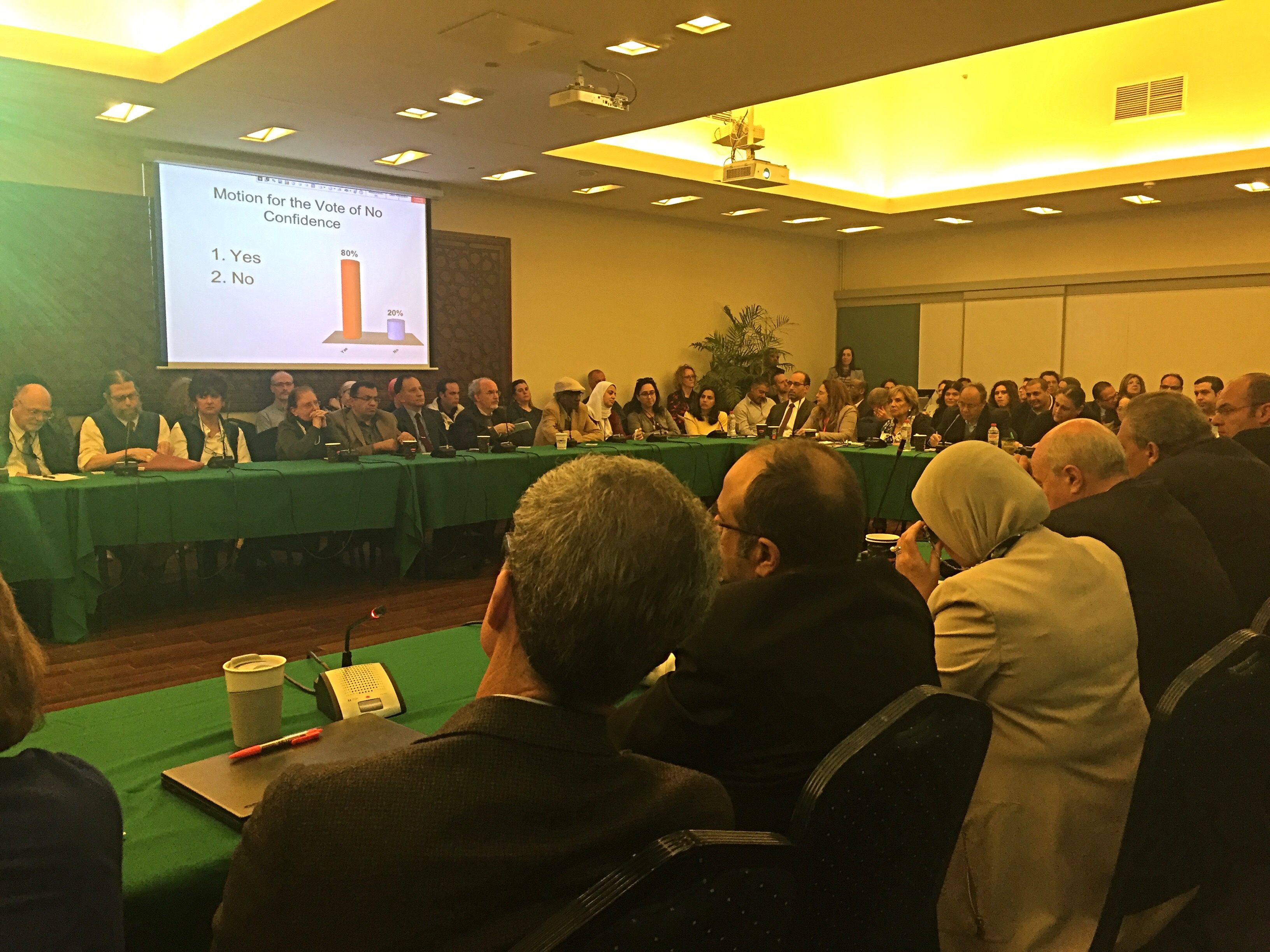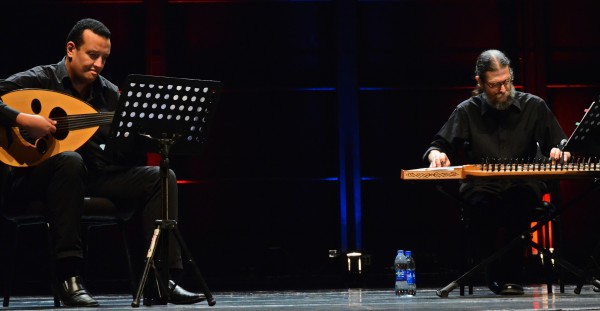Zoom: Breach of Privacy or Necessary Educational Tool?
By: Abdelaziz Abouelkhair
@AzizKheir
Students are advised by their professors to turn on their cameras in virtual classrooms to ensure better interaction and maximum concentration.
The virtual classroom has been associated with a lot of challenges for professors, due to reasons ranging from limited student interaction to weak internet connections.
Ronnie Close, associate professor at the department of Journalism and Mass Communication, believes that seeing students during class helps him maintain communication with his students.
“We are all trying to get used to this unfamiliar environment for teaching and learning. It’s made a little more personal and human if we can see each other, so much of communication is visual and it helps to connect together if we can see each other,” said Close.
These visual, nonverbal forms of communication that Close is referencing make up a large part of human interaction.
A study by Albert Mahrabian, professor of Psychology at University of California, in 1967 revealed that over half of communication is nonverbal. This communication includes visual cues such as eye contact and facial expressions.
Professors use these nonverbal cues to know if a student is confused or if they want to say something. When cameras are off, this can not happen.
“I think students engage on Zoom when they are seen and able to see their classmates. I think an issue is that students sometimes prefer to observe from a distance and not use the camera, which means the others in the class cannot gauge your reactions or interest,” said Close.
For Close, there are some advantages to the online modality such as enabling closer monitoring of students’ performance as the platform allows for continual testing and feedback. However, adapting the curriculum has been challenging.
“I have tried to recalibrate my curriculum and test online tools to structure the courses in a new and hopefully interesting way. A major difference in the online modality is it makes for a lot of feedback and continual assessment,” said Close.
John Baboukis, professor at the department of the arts, believes that despite the advantages of the online modality, there is no substitute for physical classrooms.
“Working with a group of students in a well-appointed classroom will always be more effective than teaching on Zoom,” said Baboukis.
The reason that Baboukis believes this is because most students don’t want to turn their cameras on, which makes the class significantly less interactive.
When cameras are off, the professor can’t tell if students have left their devices or if they’re having connectivity issues.
“A few of the students appear and disappear because, presumably, their connection is unstable. I call names and ask questions, as I would in the classroom, and a few students simply do not respond, and I can’t tell whether it is because there’s a problem with their connection, or they are simply inattentive,” said Baboukis
Another reason students may choose to keep their cameras off is because they are experiencing Zoom fatigue.
The term, as defined by Jeremy Bailensen, professor of communication at Stanford University, refers to the exhaustion both students and professors face when they have too many online lectures.
Students may also choose to keep their cameras off because they feel uncomfortable sharing their private spaces with others.
“I generally prefer to have my camera on but sometimes I’m around my family members and I cannot open the camera so I guess it depends on the situation,” Karim Medhat, a junior music technology student, said.
In other cases, students choose to keep their cameras off because they are completing other work while they’re in class.
“I usually close my camera on Zoom because most of the time I am at work and I am doing more than one thing at a time so I only focus when I listen,” said Mostafa Khaled, junior multimedia journalism student at AUC.




